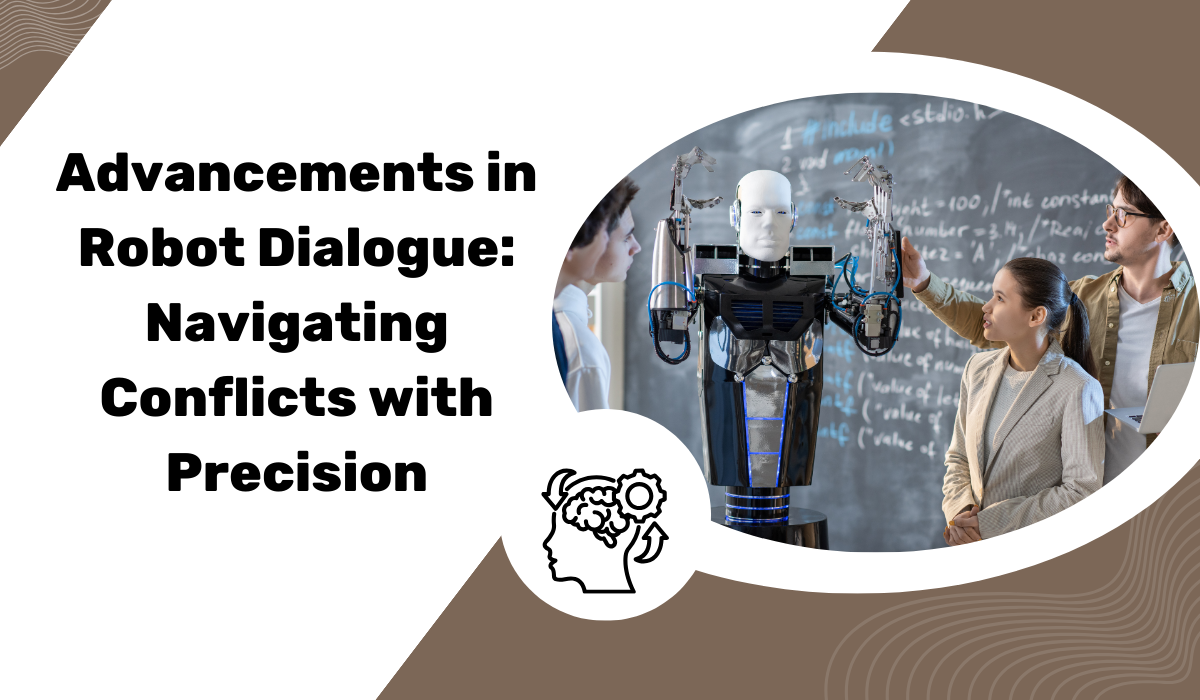
Thesis from Umeå University, researchers have unveiled innovative strategies to empower robots in managing conflicts and knowledge gaps during dialogues with humans. By delving into the intricacies of unexpected dialogue breakdowns, the researchers have devised mechanisms that hold significant promise for a future where robots seamlessly coexist with humans. The study envisions a scenario where a helpful robot named "Robbie" is seamlessly integrated into everyday life, setting itself apart through the ability to engage in meaningful dialogues. However, challenges arise when the human and Robbie focus on disparate topics or lack shared knowledge, hindering the fluidity of communication.
Maitreyee Tewari, a doctoral student at the Department of Computing Science, identified four central themes—expectations, understanding, relating, and interacting—as key factors contributing to problems and conflicts in dialogues. Tewari highlighted the complexity faced by robots, such as Robbie, when navigating scenarios like a person declining to discuss their well-being. While humans effortlessly handle such situations, robots encounter difficulties, presenting an open research problem.
Tewari's research introduces various strategies that robots like Robbie could employ to navigate conflicts while collaborating with humans, ultimately supporting individuals in achieving their goals. Whether adapting or persuading, these strategies emphasize the importance of intelligent actions, requiring the robot to possess knowledge, reason about consequences, evaluate outcomes, and gauge human reactions. The findings aim to benefit designers working on dialogue capabilities for robots like Robbie, facilitating their integration into social environments such as homes and care facilities. The goal is for these robots to manage conflicts, acquire new knowledge collaboratively, and engage in dialogues that feel natural to humans.
Surprisingly, Tewari's studies revealed that older individuals exhibited greater openness, empathy, and acceptance toward robots compared to younger counterparts. Participants in the study often perceived robots as akin to children and expected people to extend patience towards them. Additionally, during conflicts, partial adaptation by either the robot or the person emerged as a viable solution from the human perspective, warranting further exploration.As Tewari concludes, dialogues that may appear simple to humans prove to be rich and complex from an artificial intelligence perspective. Today's agents, like Robbie, face limitations in understanding at multiple levels, underscoring the need for continued research in this direction. The study paves the way for a future where robots can engage in dialogues on par with humans, fostering seamless integration into our daily lives.